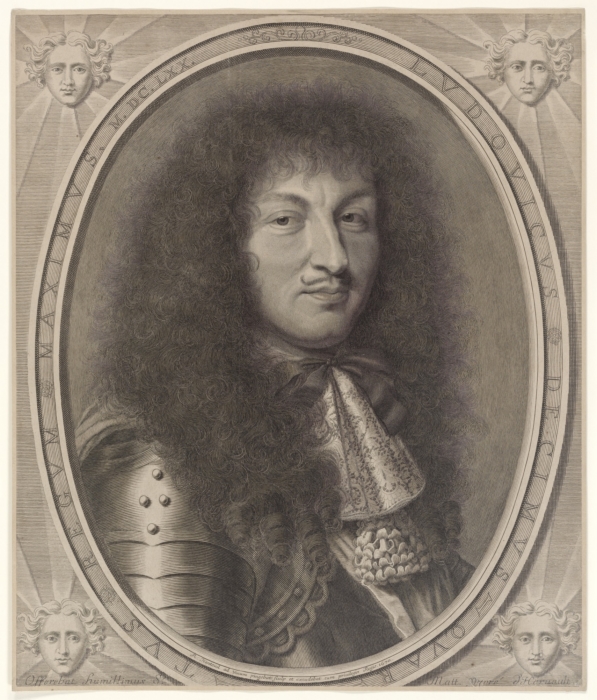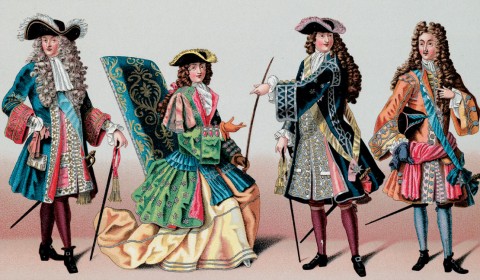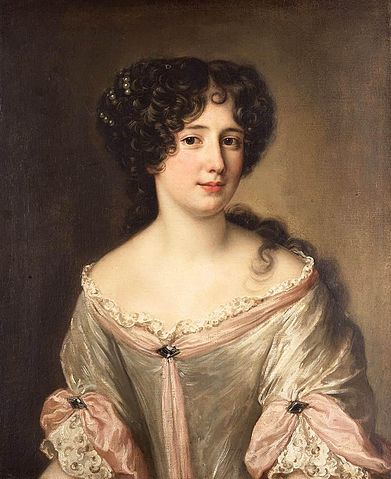Elizabeth Hamilton, Comtesse de Gramont
Elizabeth Hamilton, one of Peter Lely’s Windsor Beauties, was born in 1640 in the Irish town Strabane. Her father Sir George Hamilton upheld the Royalist cause in Ireland as ally of the Stuarts and married Mary Butler, with whom he had nine children. Elizabeth being the third child and first daughter of the couple.
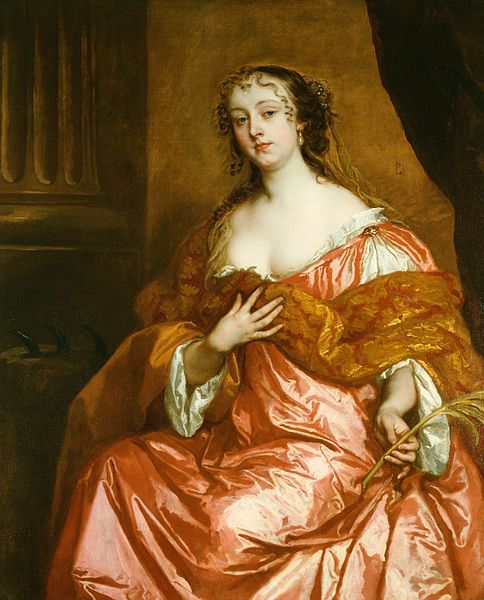
To escape the political tension in her home country, while her father was fighting for the Stuarts and his Irish lands were confiscated, Elizabeth was sent to Port-Royal-des-Champs, an abbey of Cistercian nuns southwest of Paris, to be educated. Upon the Restoration of the Stuarts to the throne, Elizabeth joined the English court in 1661, remembering her time at Port-Royal-des-Champs with so much fondness that she kept strong ties with the nuns. At the English court, she was known as a great beauty and to be of great of charm and sensibility, with an extraordinary good judgement, witty and yet careful with what she said, for she apparently said no more than she thought.
Around the same time, presumably in 1662, she met Philibert de Gramont. A French nobleman exiled for courting Mademoiselle de la Mothe-Houdancourt, at that time a love-interest of Louis XIV. Philibert de Gramont was apparently madly in love with the girl, but was turned away by her. He ended up in English exile for it. Monsieur de Gramont, who went by Comte de Gramont, was a younger half-brother of the famous Antoine de Gramont, Duc de Gramont, father of the not less famous Comte de Guiche and his sister Madame de Monaco.
Apparently, Philibert de Gramont, whose grandmother, Diane d’Andouins, was a mistress of Henri IV, assumed that his father was actually a son of Henri IV and not that of the ladies husband.
In England, the Comte de Gramont led a quite debauched life dedicated to pleasure, intrigues and gallantry with the ladies. La belle Hamilton, as Elizabeth was nicknamed, woke a gallant interest in the Comte and he began to court her, while at the same time chasing after various other girls. Elizabeth had her fair share of admirers as well. Among them the Duke of Richmond, the Earl of Arundel and the Duke of Norfork. She refused them all. For the Comte de Gramont she seems to have been a a bit of a challenge he was eager to win. His chances to actually win were rather small, considering whom the lady already had refused, but he did not give up. Whenever a new admirer appeared, all of them ranking higher than him, he became more and more enthusiastic to win the grand prize…. and he did. At one point, it was made known that Philibert de Gramont would marry Elizabeth Hamilton.
Perhaps it was a case of wanting something one seems never able to have and once one does actually get it, by some odd chance, what one gets loses a bit of its magic… The Comte was recalled to France, after promising marriage to Elizabeth. An anecdote tells us, he was so happy about being able to return to France at last, that he made a haste to get away and left court without honouring his promise. A brother of Elizabeth stopped him at Dover on his way back to France and inquired if he had not forgotten something. “I have forgotten to marry your sister.” was his reply. The Comte returned to London at once and married Elizabeth, which later inspired Moliére’s comédie-ballet Le Mariage forcé.
Elizabeth was nevertheless on good terms with him once they were married, although he continued his gallant way of life. In 1664, both went to France together and Elizabeth was introduced to the court of Louis XIV. Two years later, she was appointed dame du palais to Louis XIV’s wife Marie-Thérèse d’Autriche. Like in England, Elizabeth also acquired a reputation of being rather witty and polite, but able to bite if necessary, in France. Her company was highly sought after and her conversation always refreshing.
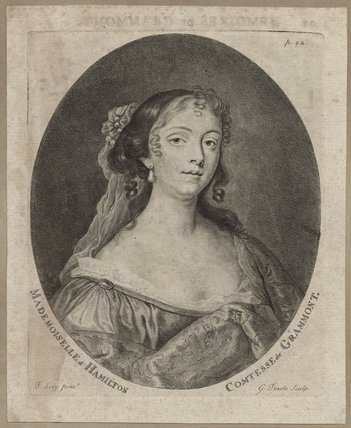
Of course, Louis XIV saw this too. He enjoyed to chat with La belle Hamilton and was fond of her spirit. Being regarded everywhere as great beauty, the Sun King could not resist her charms either and fell a bit in love. It is rumoured that Elizabeth was often visited by him in private in around 1677 or 1678… but although smart and beautiful, she never managed, or perhaps did not want, to become his official mistress. Yet what went on, was enough to send the pious Madame de Maintenon into a bit of a rage. She could not stand Elizabeth and it vexed her to no end that, although she tried her best, she was not able to break the feelings of friendship Louis XIV had for Elizabeth, even after the affair was over.
How long this possible affair lasted and what the reason for its end was is hard to tell. Elizabeth was compromised in 1679 as she was linked to Catherine Monvoisin. She was named as one of many noble clients of the sorceress, along with grand dames like Madame de Montespan.
Elizabeth gave birth to two daughters. Claude Charlotte de Gramont, born in 1662, married Henry Howard, Earl of Stafford. Marie-Elisabeth de Gramont, became Abbess of Sainte-Marine de Poussay.
In around 1684, the Comtesse de Gramont turned towards religion and frequently retreated to Port-Royal. Much to the displeasure of the King, since she could not accompany to Marly then and he was rather used to her doing just that. Two years later, her husband suffered of a grave illness and upon recovering at last, turned towards religion as well. The next year, 1687, the Comtesse felt the desire to retire from court to live a quiet religious life… but Louis XIV forbade it. He was still rather attached to her and enjoyed her charming company greatly.
Elizabeth had to stay at court, by the King’s orders, yet remained on friendly terms with him. So friendly, that he gifted her a little house in the park of Versailles in 1704, which had been occupied by Charles-François Félix, the one who preformed le royale, until his demise in 1703.
Louis had the house renovated for her and it swiftly became a rather fashionable place to be, but only for about two years. The Comte de Gramont died on 31 January 1707 and Elizabeth once again asked for permission to retire, which was once again not granted. According to Saint-Simon: “she counted on, once she was a widow, to retire completely, but the King opposed it so strongly that she had to stay.”
The Comtesse nevertheless withdrew a little from the hustle and bustle of the court, not just because she had to observe mourning, but also because she suffered of great infirmities, according to Saint-Simon. She died the following year, on June 3 in 1708.
